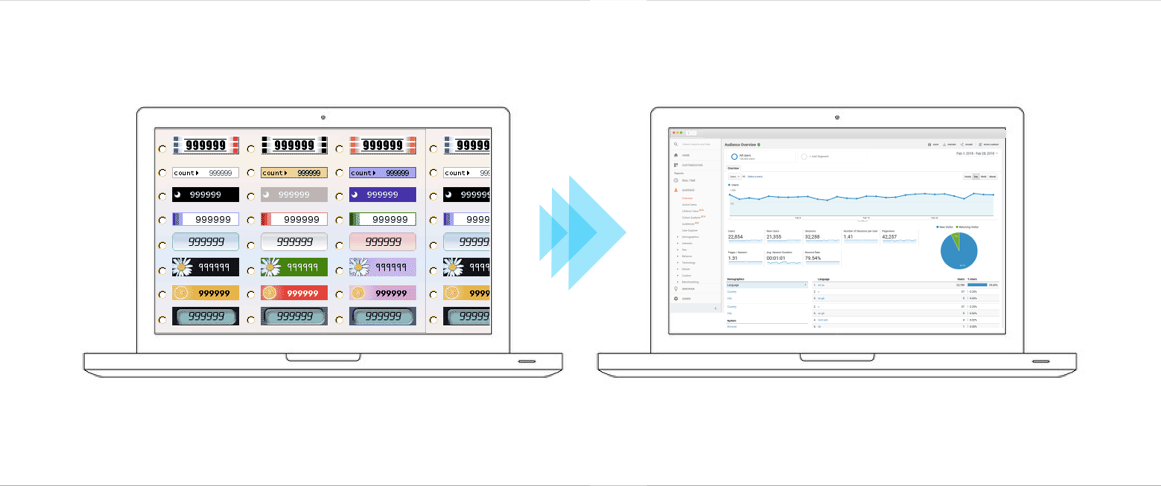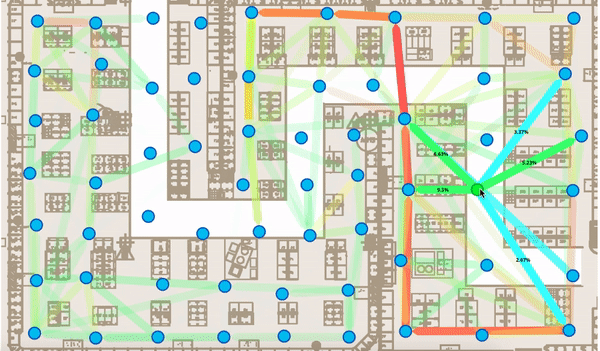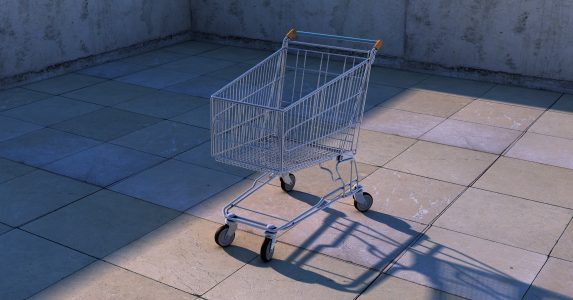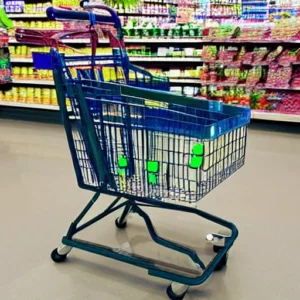Fifteen years ago, the only way to measure the relevance of online business was through small visitor counters displayed at the headers of web pages. They represented the popularity of any portal in a simplified way. However, in 2005 Google changed course and created Google Analytics. Nowadays store people counters have evolve dramatically!

Anyone in digital and online marketing relies on this tool to measure the behavior of their visitors when accessing their websites. Its release caused a paradigm shift as it revealed a unique series of data analytics including the amount of time spent on each page, navigation patterns, visits to individual pages and the geographical location of the users. Today, using this piece of software, online businesses can sophisticate and optimize their promotions, test cross-selling strategies and precisely measure the conversion rate of their visits.
Not until very recently, when we fixed our eyes on more traditional businesses, did we find those hit counters again, at the entrance of the supermarkets. Store people counters can be found in different forms including infrared beams, CCTV and lately 3D sensors. However, most of the brick and mortars are still considered black boxes in which store managers simply count visitors and sales at the end of the day. The complete purchasing journey that occurs in between is commonly missed.
Fortunately, some distribution chains have realized the importance of these metrics, and begun to apply similar techniques to online business in their physical stores. Thanks to retail intelligence tools, it is possible to measure the complete trajectory of each customer anonymously and passively to understand their experience during the visit without the need for cameras or mobile apps.
By measuring hundreds of thousands of trajectories within the store, it is possible to generate accurate statistical models using the analysis of large volumes of data and artificial intelligence.

Today, some wholesalers model their stores’ footprints considering geographical locations, length of stay, shopping missions (stock-up, convenience, urgent items, replacement, etc.) or correlation between the categories. In addition, the ratio on investment of promotional spots is calculated taking into account the number of customers who stay in front of the display and the aggregated sales. Thanks to this information, it is possible to provide major details to the brands, to allow them to redefine their investments and release new merchandises.
Like online stores, technologies such as Shoppermotion enable the analysis of the most frequent routes within the store and discover the most engaging corners within the layout. By constantly measuring these metrics, it is possible to predict key variables such as the lack of stock on the shelf, the performance of the main aisle or the staff members required in the checkouts to ensure a brief waiting time.
Soon the use of these technologies in physical stores will no longer be considered innovative. It has quickly become a necessity as it is the only way companies can maintain their position in a sector as aggressive and competitive as retail.
In this context, it is worth asking, in what stage are retail chains? Store people counters are not enough anymore, are they taking value from the use of retail intelligence to customer management? Are they optimizing their point of sale the same way they do it online?





